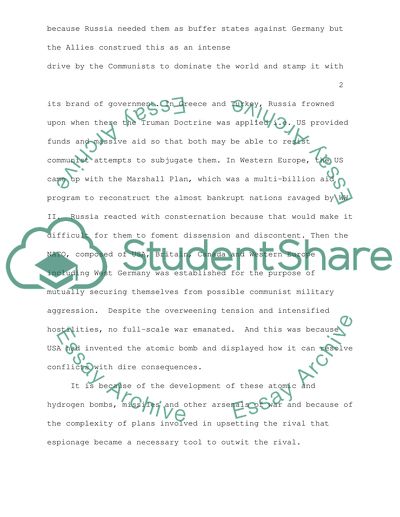Cite this document
(Soviet Intelligence Operation in America during Cold War Assignment, n.d.)
Soviet Intelligence Operation in America during Cold War Assignment. Retrieved from https://studentshare.org/history/1522806-cold-war-essay
Soviet Intelligence Operation in America during Cold War Assignment. Retrieved from https://studentshare.org/history/1522806-cold-war-essay
(Soviet Intelligence Operation in America During Cold War Assignment)
Soviet Intelligence Operation in America During Cold War Assignment. https://studentshare.org/history/1522806-cold-war-essay.
Soviet Intelligence Operation in America During Cold War Assignment. https://studentshare.org/history/1522806-cold-war-essay.
“Soviet Intelligence Operation in America During Cold War Assignment”, n.d. https://studentshare.org/history/1522806-cold-war-essay.


